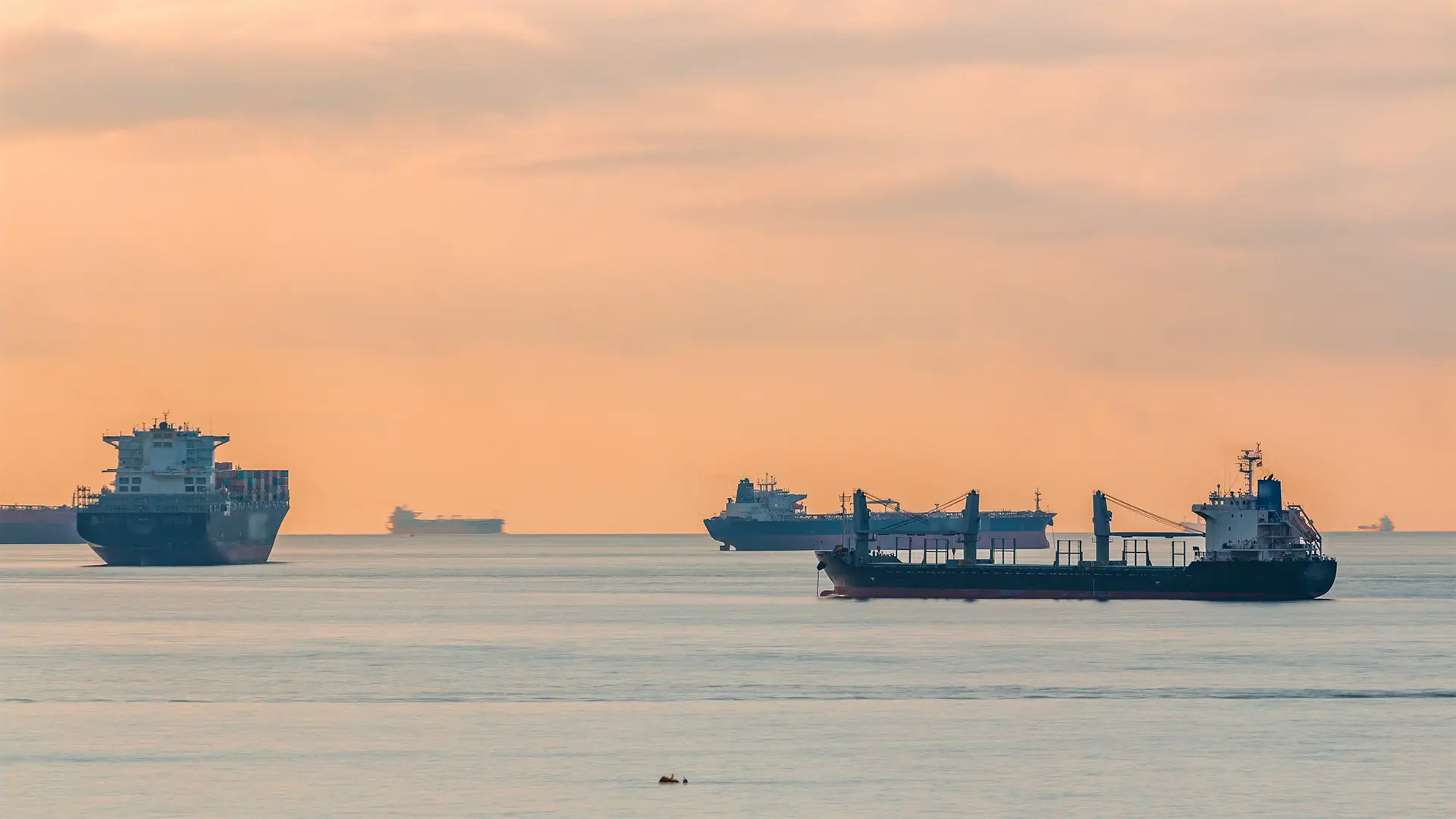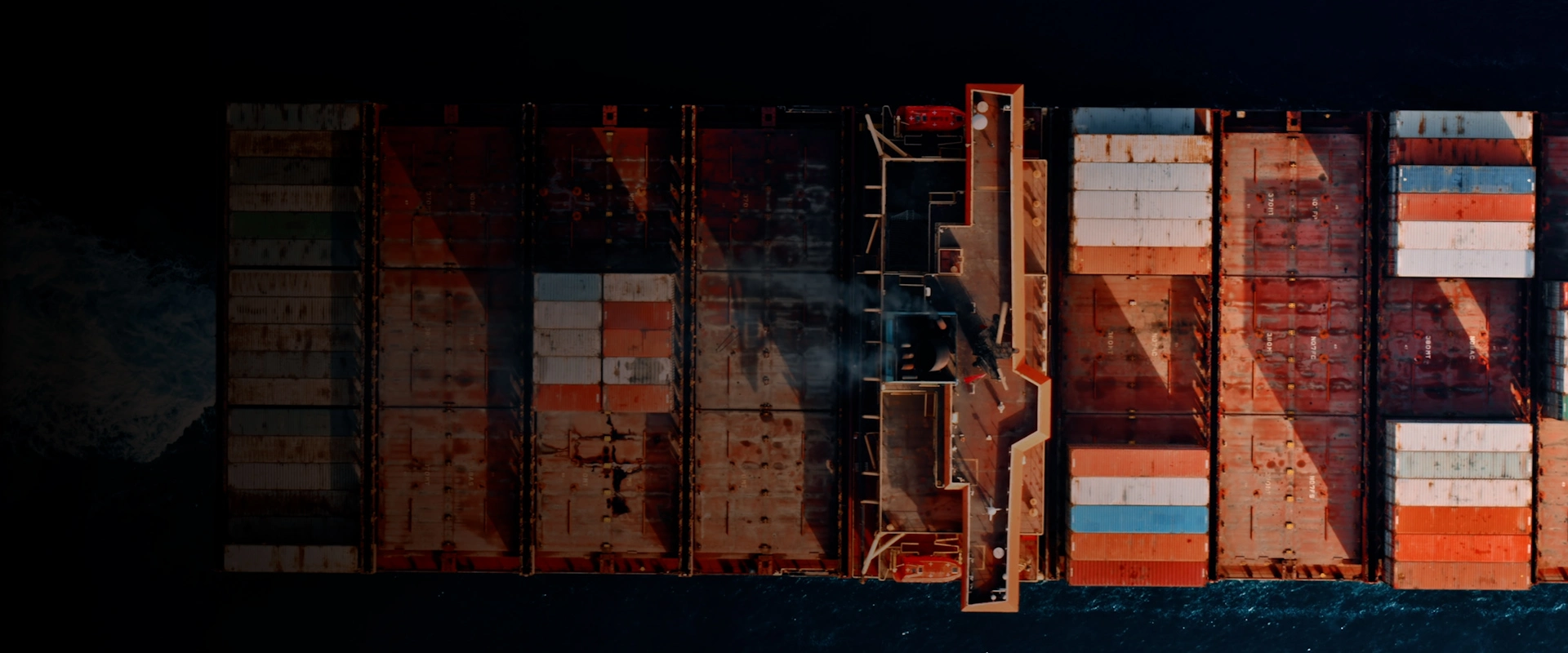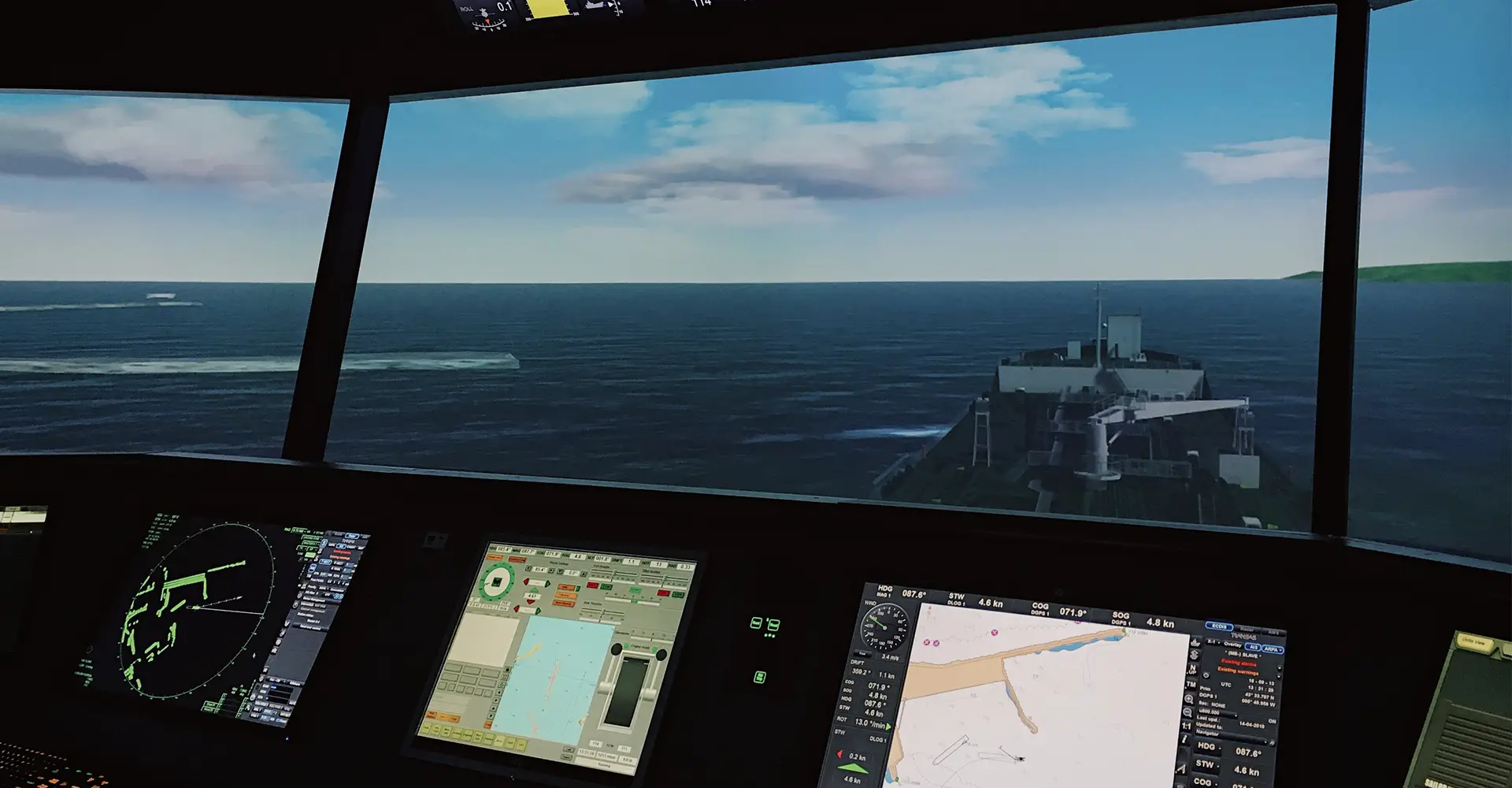

Originally, Dryad only planned to develop a domain awareness platform.
However, co-founders Cory Ranslem and Frank Fenner soon experienced a realization. The data transmitted from and received by their platform was potentially quite sensitive. They needed some way to secure that data — if not now, then in the future.
Although cybersecurity wasn’t talked about much in the maritime sector at the time, Ranslem and Fenner knew that wouldn’t always be the case.
“My immediate thought process was that we were going to have critical information going from our operations center side through our platform to a ship; we needed some way to secure it,” says Ranslem. “We started looking into how we could secure the data link from ship to shore and from data stream to endpoint. No one was doing it, so we started looking for a partner that we could work with to implement that protection ourselves.”
Securing Legacy Environments

Many maritime vessels operate primarily on legacy technology, with some ships even running operating systems as old as Windows XP. Phasing out this older infrastructure usually isn’t possible, as it’s often heavily integrated with critical systems such as engines or ballasts. But leaving that infrastructure unprotected isn't an option, either.
“One of the first things we looked at while developing our platform was what could happen onboard a ship if there was a cyberattack,” explains Ranslem. “An attacker could insert nefarious data into the navigation system and cause a ship to run aground or lock down the engine control systems with ransomware. We’ve even seen cases where hackers were able to get into the ballast water control systems of a ship, allowing them to potentially capsize it.”

Dryad needed a security solution that could operate on legacy systems.
Moreover, that solution needed to be able to operate in a low-connectivity environment without losing functionality. With these requirements in mind, the company began its search for a partner.
After talking to many companies over several years, Dryad chose BlackBerry.
“We looked at several different factors, including CPU and memory usage, cost, and connectivity requirements,” explains Frank Fenner, Chief Commercial Officer at Dryad Global. “Ultimately, we found that BlackBerry was one of the only companies able to provide the level of functionality we needed while also fulfilling our other operational requirements.”
Dryad Global soon opted to deploy the AI-powered CylanceENDPOINT to be used on vessels, and the CylanceMDR™ managed security platform internally. The crew of vessels on which the company tested CylanceENDPOINT didn’t even realize the solution was there — it worked entirely in the background.
Securing the Seas of the Future
“Cybersecurity is going to continue to be a growing risk factor for companies not just in the maritime industry, but across the world,” says Fenner. “But with BlackBerry, we can keep pace with that growth and continue to set the bar higher. We can ensure our clients win the race in cybersecurity because they partnered with Dryad Global — and because we partnered with BlackBerry.”
“Realistically, we’re eventually going to get to the point where every attack we see will be a zero-day attack,” adds Ranslem. “Maritime companies aren’t technology companies; they don’t have the internal capacity to defend against those kinds of threats. But we can arm them with that capacity — and ensure that whatever the future brings, they’re ready for it.”

Industry
Location
Products
Website


